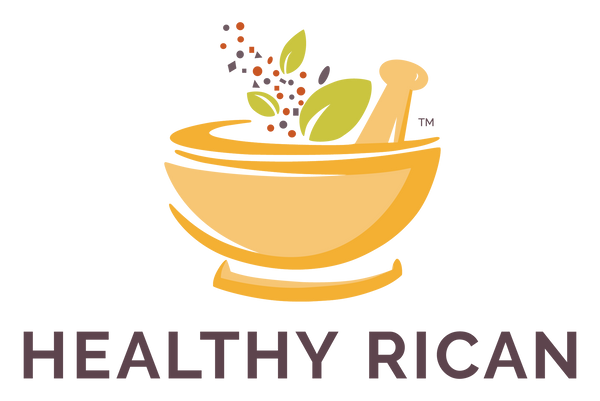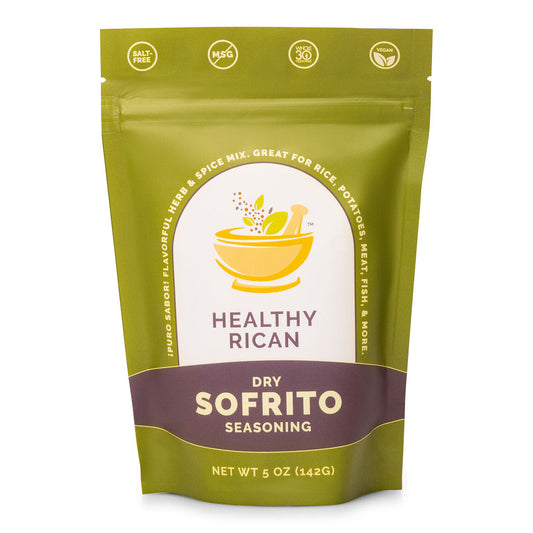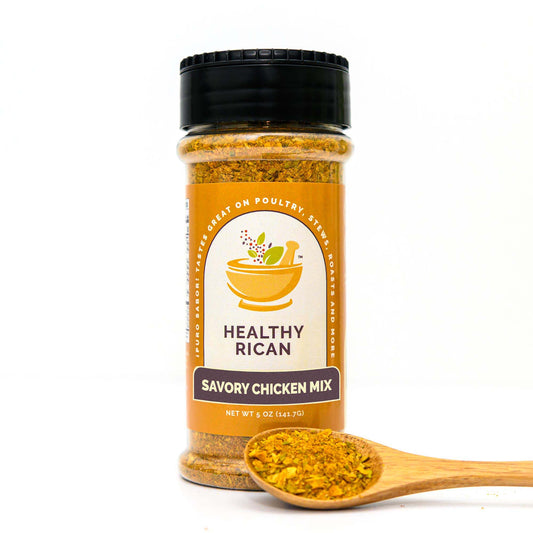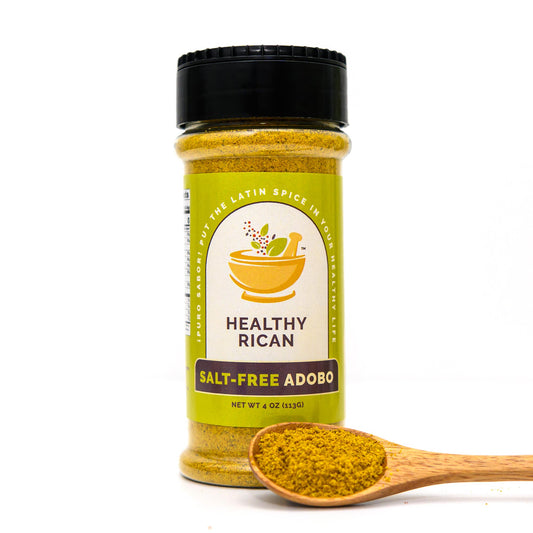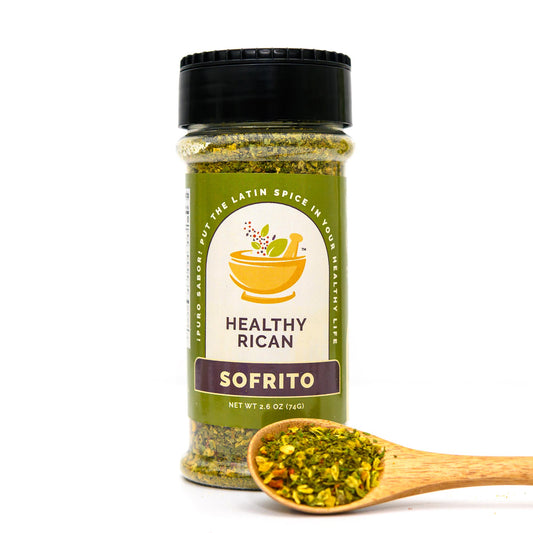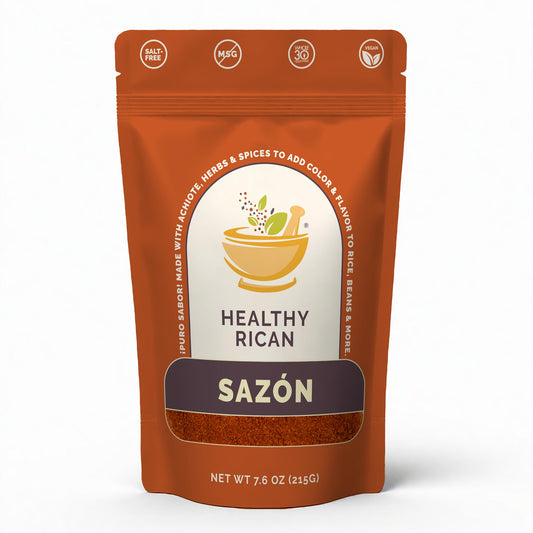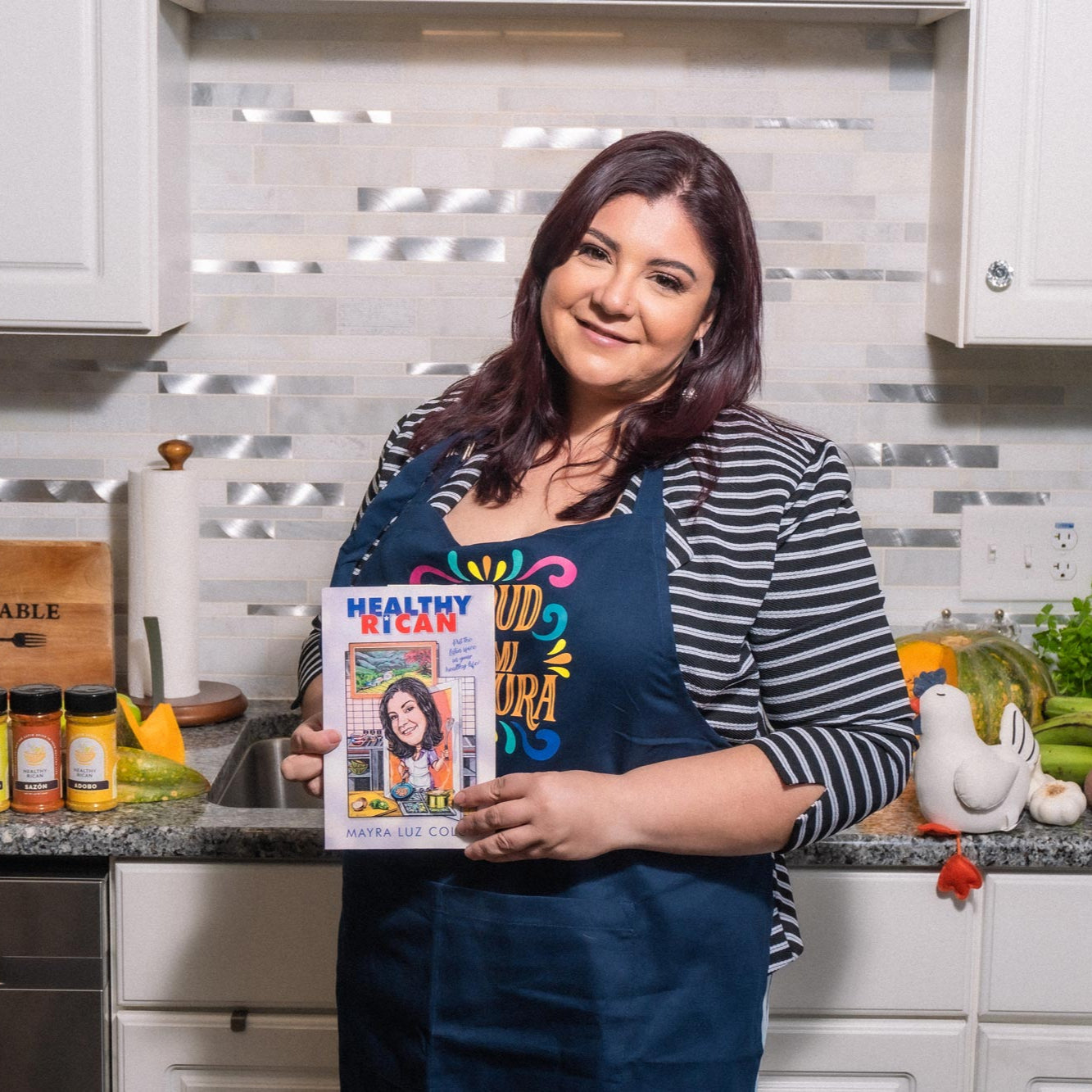A Bite of Culture, a World of Flavor
Empanadas, empanadillas, pastelillos… whatever you call them, these delicious golden “hand pies” if you will, are more than just a snack. They’re a delicious connection to our heritage, a celebration of Latin flavor, and a reminder that food is meant to be shared and savored. At Healthy Rican, we believe everyone deserves a healthy life con sazón, and there’s nothing more soulful than a fresh, homemade empanada.
The History and Origin of Empanadas
Where did empanadas actually come from? The story starts in Spain, with roots reaching back to the Middle Ages. The name “empanada” comes from the Spanish verb empanar, meaning “to wrap in bread” and that’s exactly what these early pastries were: savory fillings tucked inside dough, perfect for meals on the go.
Empanadas as we know them today were influenced by the Moors, who brought their love of spiced, stuffed pastries (think samosas!) to the Iberian Peninsula. The first written recipe for empanadas appeared in a Catalan cookbook in 1520, featuring seafood as the star ingredient. As Spanish explorers traveled to the Americas, they carried the empanada tradition with them, where it blossomed into countless regional variations.
Empanadas Across the Globe: How Different Cultures Made Them Their Own
Empanadas are a true culinary chameleon, adapting to local flavors and ingredients wherever they land. Here’s how different cultures have put their own spin on this beloved dish:
- Argentina: Baked empanadas are filled with seasoned beef, onions, paprika, olives, and sometimes hard-boiled eggs. It’s a staple at every gathering.
- Colombia & Venezuela: Corn flour dough is common, with fillings like cheese, shredded beef, or chicken.
- Puerto Rico & Dominican Republic: Here, empanadas are more often called empanadillas or pastelillos. They’re usually fried for that irresistible crispy bite and filled with picadillo (ground beef), chicken, cheese, or even seafood.
- The Philippines: Spanish influence brought empanadas to the Philippines, where they’re filled with sweet-savory pork, chicken, or mung beans, and the dough often has a hint of sweetness.
Each culture’s version is a reflection of its people, climate, and available ingredients. It’s a reminder that food is a living, evolving story.
Empanadas vs Empanadillas vs Pastelillos: What’s the Difference?
If you’ve ever wondered about the difference between empanadas, empanadillas, and pastelillos, you’re not alone! It’s an endless debate.
Here’s a quick breakdown:
- Empanadas: The broad term for these stuffed pastries, typically baked or fried, and enjoyed across Latin America, the Caribbean, Spain, and beyond.

- Empanadillas: In Puerto Rico, these are typically fried, usually savory and traditionally sealed with a braid.

- Pastelillos: Another Puerto Rican name used interchangeably with empanadilla. It depends on which part of the island you are from. These are typically sealed with a fork, baked or fried, and can be sweet or savory. Depending on the area of the island, pastelillos can also be referred to as a flaky puff pastry filled with guava paste or savory meat.

Again, the name depends on where you live or grew up. No matter what you call them, they’re all about that perfect blend of flaky dough and flavorful filling.
At the end of the day, the best version is the one you grew up with, the one you love the most and remind you of home.
The Art of the Dough
The dough is the hero of every empanada. In Spain, you’ll find more of a bread-like dough, while in Latin America and the Caribbean, it’s softer and flakier. Depending on the country and availability of ingredients, the dough can be made of corn, wheat, or even yuca/cassava. A Puerto Rican empanadilla/pastelillo dough is typically made with white flour and gets its signature golden color and subtle flavor from achiote oil.
Healthy Rican Tip:
Want to keep it healthy? Try making your own dough, and instead of frying, try baking or using the air-fryer. And don’t forget to season your filling with our Healthy Rican Adobo or Sazón blends for that authentic flavor without the guilt!
Fillings That Tell a Story
Empanadas are a blank canvas for creativity. In Spain, you might find them filled with tuna, tomatoes, and peppers. In Argentina, it’s all about beef and spices. In Puerto Rico, empanadillas and pastelillos are packed with everything from ground beef and chicken to seafood, cheese and even guava paste for a sweet and savory treat.
The beauty of empanadas is that you can make them your own. Use what you have, get creative, and always cook with love. Need ideas? Check out our Healthy Rican recipes for inspiration!
Food That Connects Us All!
Empanadas, empanadillas, pastelillos… These aren’t just recipes, they’re a legacy! They remind us that food is about connection, creativity, and a little bit of sazón. Whether you bake, fry, or experiment with new fillings, you’re part of a delicious tradition that spans the globe.
What’s your favorite empanada filling?
Share in the comments, or tag us @HealthyRican on Instagram and TikTok for a chance to be featured!
P.S. Want to spice up your next batch? Shop our Latin spice blends or grab the Healthy Rican Cookbook for more ways to bring culture and health together in your kitchen!
Sources:
